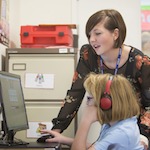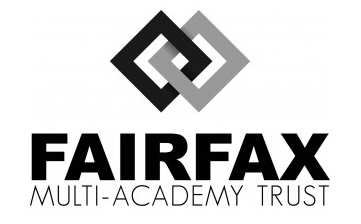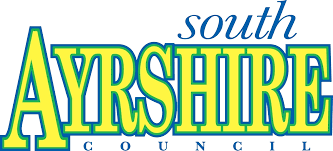
Ebbinghaus and memory
In 1880 when Edison began illuminating the world with his electric lights, Hermann Ebbinghaus began his now famous study into memory. Fittingly for those who work in reading and are familiar with ‘nonsense words’, Ebbinghaus used ‘nonsense syllables’ to assess his memory. He tested his capacity to remember these alien syllables over time, recording his results and plotting the ubiquitous ‘Ebbinghaus Forgetting Curve.’ The curve is steep; after just 1 day, 60-70% is likely to have been forgotten. The lesson: we forget fast.
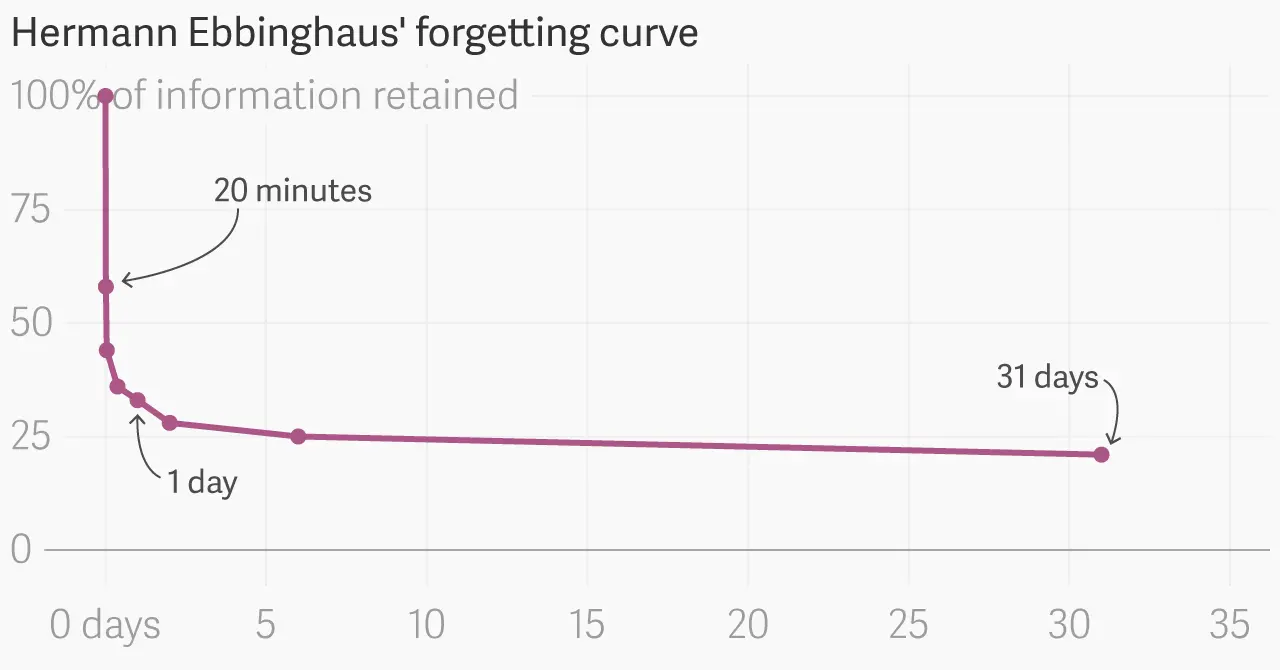
As he explored memory, he came up with ideas as to how one could best resist forgetting. To Ebbinghaus, improving your ‘memory representation’ was important. This includes mnemonic techniques.
Spaced learning
The second key technique was, for Ebbinghaus, active recall. This included spaced learning. As he described it, spaced learning - recalling ‘knowledge’ at certain intervals - interrupted and slowed the forgetting curve. At each recall, the interval between recalls could increase.
Many will be familiar with graphs like the one below, and many will believe it comes from Ebbinghaus himself. The one above is the real deal, the original. Correct attribution to the familiar graph below, the ‘interrupted’ curve, is, it seems, to Piotr Wosniak who pioneered spaced repetition in technology during the 1990s.
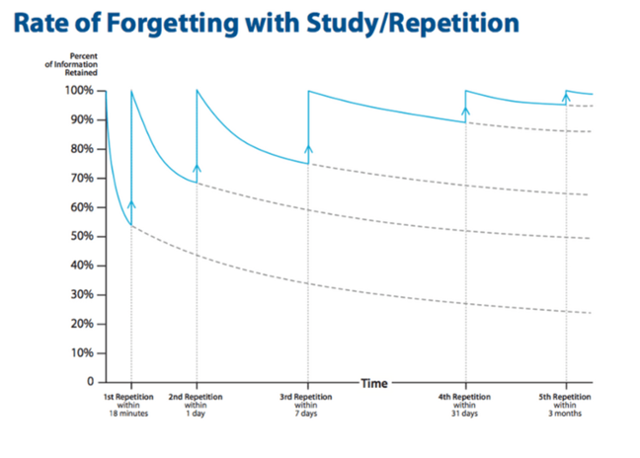
Essentially, the steep drop off becomes less steep each time we recall something. Our forgetting slows. Spacing each recall, or retrieval, at certain intervals maximises the effectiveness of spaced learning. We can ultimately get the curve closer to flatline - total recall.
Teaching vocabulary
Learning vocabulary is interesting. Generally, context is critical. Setting a word in a memorable context - be it a class story, a newspaper article or a science experiment - increases the chances of learning (and remembering) the word. With the teaching of vocabulary having seen something of a renaissance over the last few years, at least here in the UK, teachers are increasingly knowledgeable about teaching it well. A great challenge, not easily answered, is ensuring that well taught vocabulary is revisited, refreshed and recalled over time.
In one recent conversation I had with a team responsible for training over 300 schools in England, and who have made great progress with vocabulary over the last 3 years, this challenge was well articulated.
“Our teachers are now good at integrating and teaching vocabulary in their lessons. However they worry about how their learners will revisit the target words once they move on to new topics and new lists. Learners will forget the words. How can we remove this concern from our teachers plates?”
Interrupting the forgetting curve
Our Vocab module aims to solve this problem by making spaced learning - the remembering process, or interrupting the forgetting curve - simple for a teacher to deliver. They know that their learners will continue to be exposed to topic specific vocabulary over time, well beyond the class and the term when it was taught.
Imagine teaching the topic of volcanoes and targeting these words. As a teacher, you can allocate this list within the Vocab module. While you teach your topic, Vocab supports and reinforces key vocabulary. Then, at the end of the half-term, you wrap up volcanoes and move onto something else. But the Vocab module keeps the volcanic words alive, scheduling their recall into the next half-term and beyond.
Simply put, Vocab takes on board lessons from Ebbinghaus’ experiments into forgetting and applies them to vocabulary acquisition. This makes learners’ vocabularies richer and embedded in their long-term memories, and makes teachers’ lives easier as they know that words they have targeted are being kept alive through spaced learning.
If you’d like to learn more about our Vocab, we can arrange for one of our Community team to demo the programme online and answer any questions you may have.

